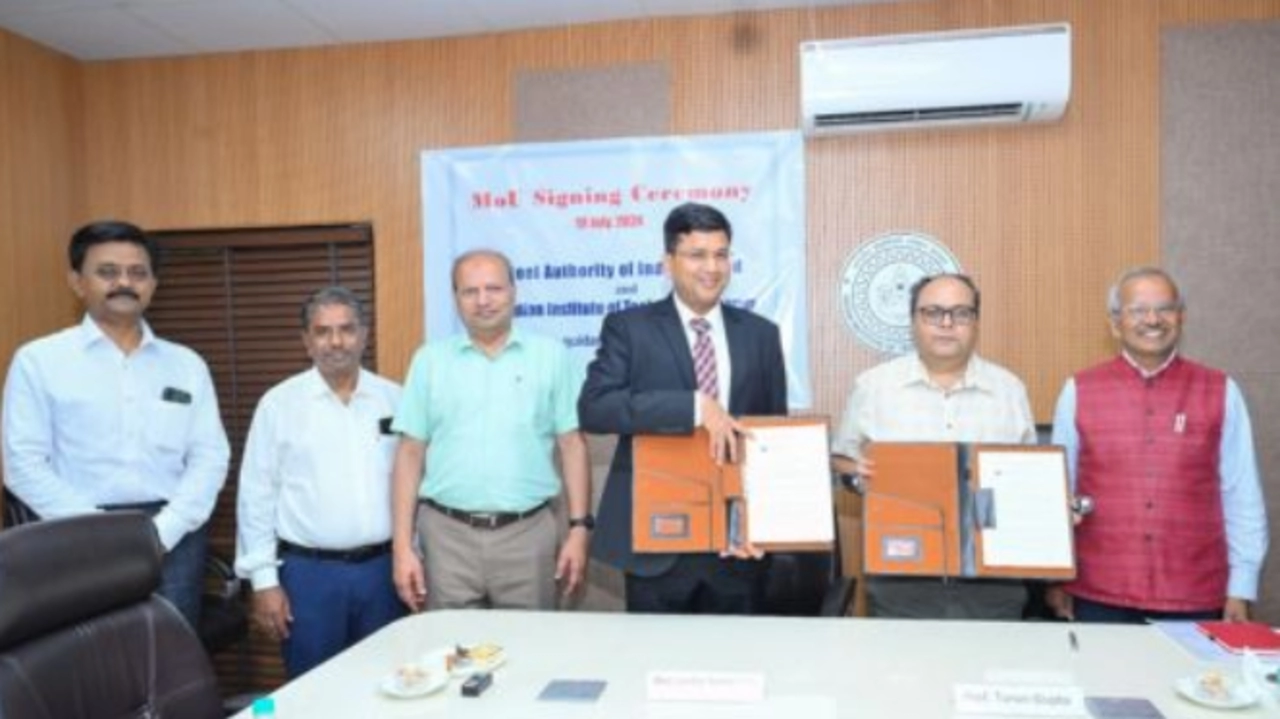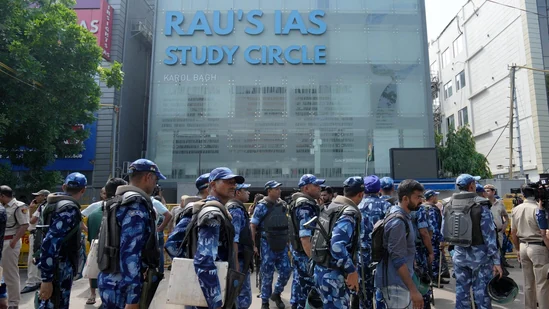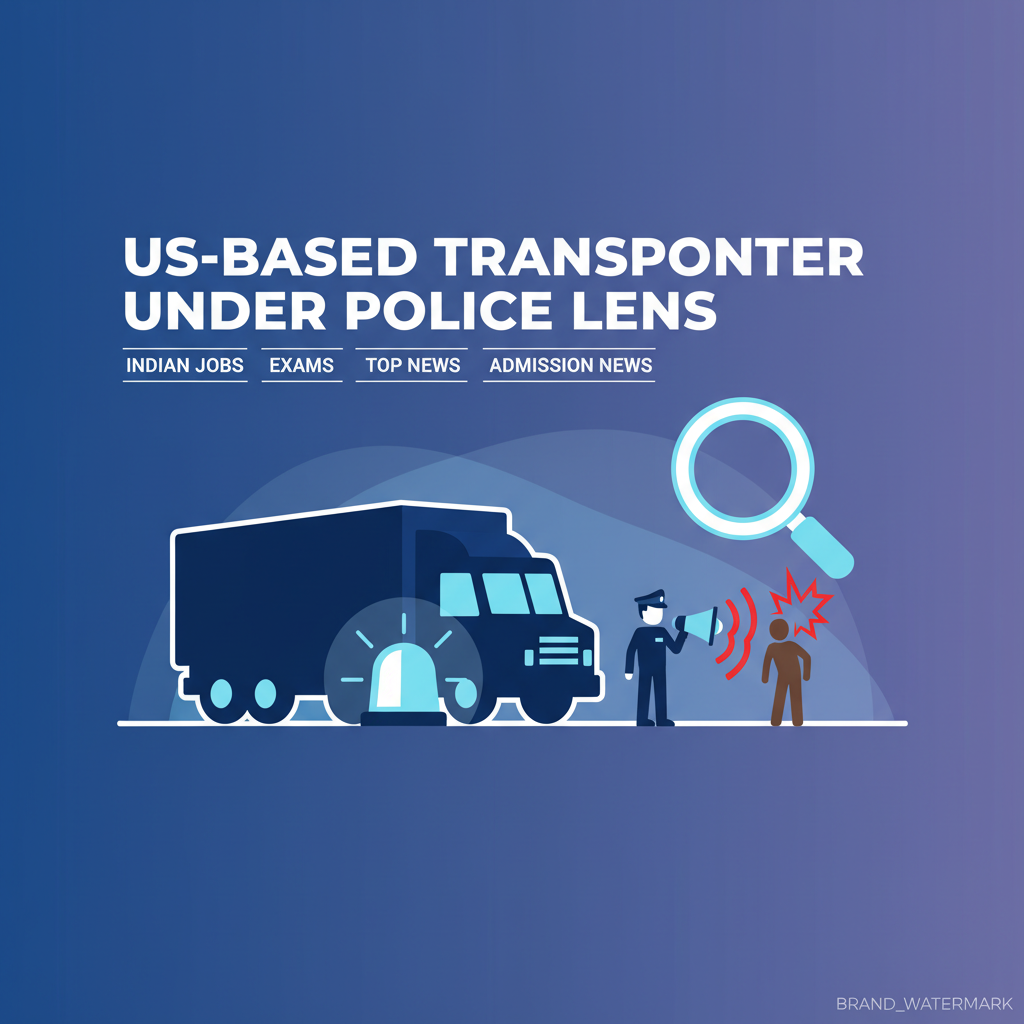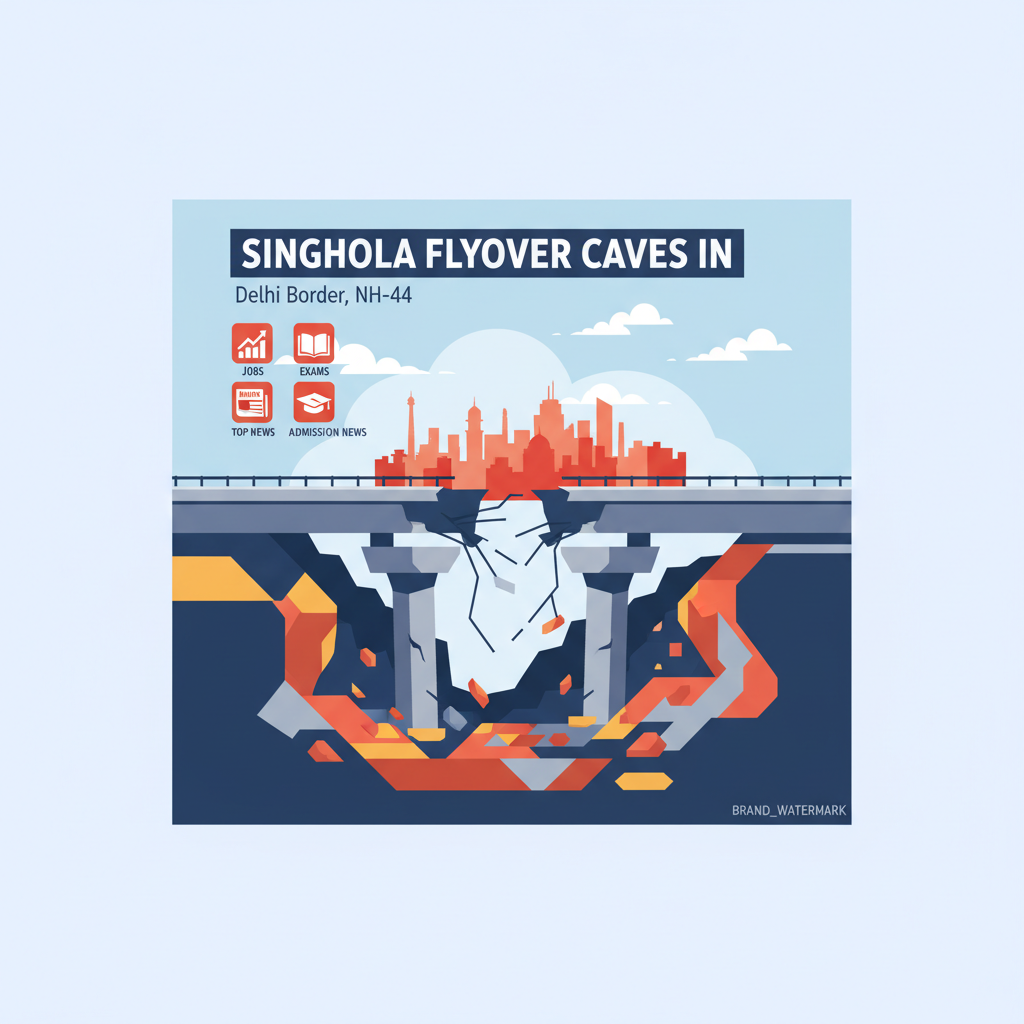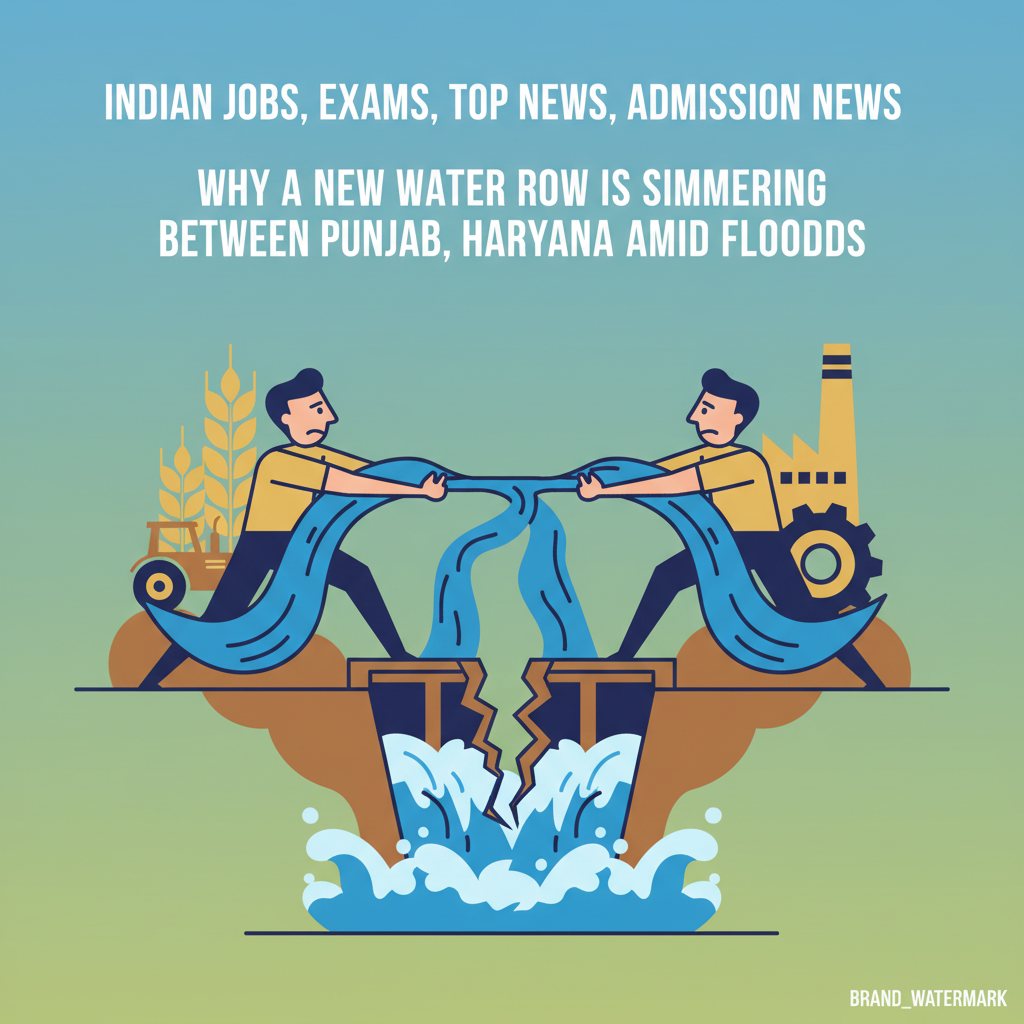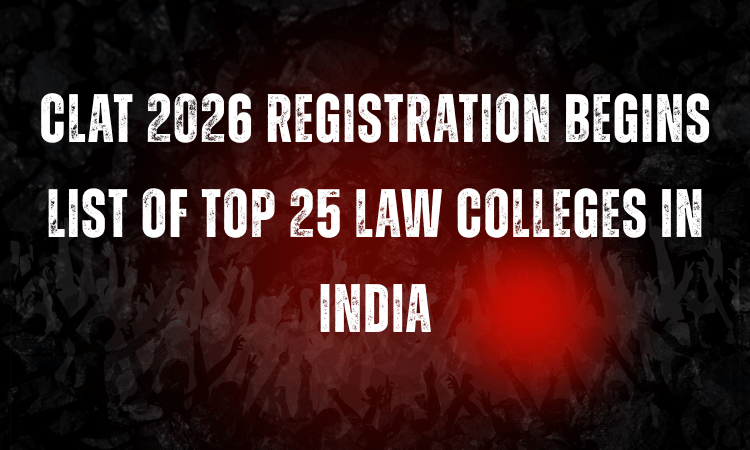IIT Kanpur Signs MoU with SAIL for Steel Industry Innovation: Decarbonization, Hydrogen DRI, Waste Utilization
KANPUR, India, July 29, 2024 – The Indian Institute of Technology Kanpur (IIT Kanpur) has signed a Memorandum of Understanding (MoU) with the Steel Authority of India Limited (SAIL) to drive innovation in steel technology. This strategic partnership is poised to address significant technological challenges in the steel industry through collaborative research, development, and consultancy.
Important Stakeholders Present IIT Kanpur Signs MoU
The MoU was signed by Prof. Tarun Gupta, Dean of Research and Development at IIT Kanpur, and Mr. Sandip Kumar Kar, Executive Director of the Research and Development Center for Iron & Steel (RDCIS) at SAIL.
The ceremony was attended by key figures including Shri Nagendra Nath Sinha, Secretary of the Ministry of Steel; Prof. Manindra Agrawal, Director of IIT Kanpur; and Mr. Amarendu Prakash, Chairman of SAIL.
Focus Areas of the IIT Kanpur Signs MoU
The collaboration will focus on several critical areas:
- Technological Innovation: Emphasis on steel decarbonization and the use of hydrogen in Direct Reduced Iron (DRI) production.
- Waste Utilization and Mineral Beneficiation: Developing methods for effective waste utilization and mineral beneficiation of lean ore.
- Digital Technologies: Leveraging digital technologies for modeling and simulation to tackle industry challenges.
Government and Industry Support
Shri Nagendra Nath Sinha highlighted the importance of decarbonization and hydrogen use in steel production. He emphasized the role of laboratory facilities at IIT Kanpur, RDCIS, and NMDC in providing comprehensive technological solutions. Mr. Amarendu Prakash praised IIT Kanpur’s contributions to future technologies and affirmed that SAIL would be the first customer for products developed by start-ups incubated at IIT Kanpur.
IIT Kanpur Signs MoU Future Prospects
Mr. Sandip Kumar Kar urged the initiation of projects immediately and encouraged IIT Kanpur professors to visit SAIL plants to gain practical insights. Prof. Tarun Gupta acknowledged the interdisciplinary nature of plant issues and pointed out the advanced research facilities at IIT Kanpur that can effectively address these challenges.
Broader Implications and Historical Context
The partnership between IIT Kanpur and SAIL marks a significant step forward in addressing technological challenges in the steel industry through joint research and innovation. By focusing on crucial issues such as steel decarbonization, enhancing hydrogen use in DRI production, and effective waste utilization, this collaboration aims to contribute to the sustainable growth of the industry.
Future Directions
The IIT Kanpur-SAIL collaboration sets the stage for substantial advancements in steel technology. Combining the expertise and resources of both institutions, the partnership is geared towards achieving early, impactful results, significantly contributing to the sustainable development of the steel industry.
For more information, visit IIT Kanpur’s official website and SAIL’s official website.
More
- Allahabad University UG Admission 2024: Registration Deadline Extended to July 30 @alldunivcuet.samarth.edu.in
- Bagless Days for Classes 6-8: Education Ministry’s New Guidelines for Hands-on Learning and Vocational Training
- Kerala Bag Free Days Initiative Transforms Students Life In Kerala Schools: initiative for Class 1 to 12 students, starting 2024-2025 academic year
- Online Monitoring in UP Board Schools: Pilot Project Launched for Government Inter Colleges in Noida
- DU Fee Hike Protest: Students Demand Rollback and Better Study Materials

